Mazda has revealed its all-new Mazda 3 Fastback, a saloon version of its upcoming hatchback.
The Fastback will be offered with a choice of one of three naturally aspirated petrol engines or one turbocharged diesel engine, all of which are fitted as standard with a start-stop system.
The entry-level engine, a 99bhp 1.5-litre petrol, is a brand-new unit that's claimed to be capable of averaging 56.4mpg when specified with a six-speed manual gearbox. Its emissions are rated at 118g/km of CO2, ensuring relatively low road tax.
More powerful 2.0-litre 118bhp and 162bhp petrol engines will also be available. The 118bhp engine averages 55.3mpg, and emits 119g/km of CO2, in conjunction with a manual transmission; the 162bhp unit is rated at 48.7mpg and 135g/km of CO2.
Those seeking maximum economy will no doubt be tempted by the 148bhp 2.2-litre diesel, which Mazda claims to be capable of 72.4mpg. Its emissions are stated to be an equally thrifty 104g/km of CO2.
Automatic versions will be available, but selecting this transmission will result in a reduction in fuel economy and a hike in emissions. For example, an automatic diesel Mazda 3 Fastback will average 58.8mpg and emit 127g/km of CO2, a reduction of 13.6mpg and a rise of 23g/km of CO2 compared to the manual derivative.
Both bodystyles are wider and lower than the current model, with the saloon being further differentiated from the hatchback thanks to a restyled roof, rear window, rear wings and boot lid.
Mazda's saloon is also 120mm longer than the hatchback, at 4580mm compared to 4460mm, contributing to an increase in boot space of 69 litres compared to the hatchback. it does, however, share the same 2700mm wheelbase as the hatch.
To further improve practicality the saloon gets a wider boot opening, allowing luggage to be loaded and unloaded more easily. It also retains the same folding rear seat arrangement as its five-door sibling, allowing for more storage space when needed.
Like the hatchback, the Fastback benefits from Mazda's SkyActiv range of technologies, which aim to reduce weight and improve efficiency. Kerb weights for the Fastback are claimed to start at as little as 1196kg, while the hatchback weighs in at 1200kg.
Aerodynamic efficiency is impressive too, with the saloon having a drag coefficient of 0.258, which is lower than that of the sleek Chevrolet Volt.
Pricing for the new Mazda 3 Fastback will be announced in September, along with more technical details and trim levels, and the model is expected to go on sale in the UK towards the end of the year.
To read Autocar's first drive review of a pre-production Mazda 3 hatchback, click here.

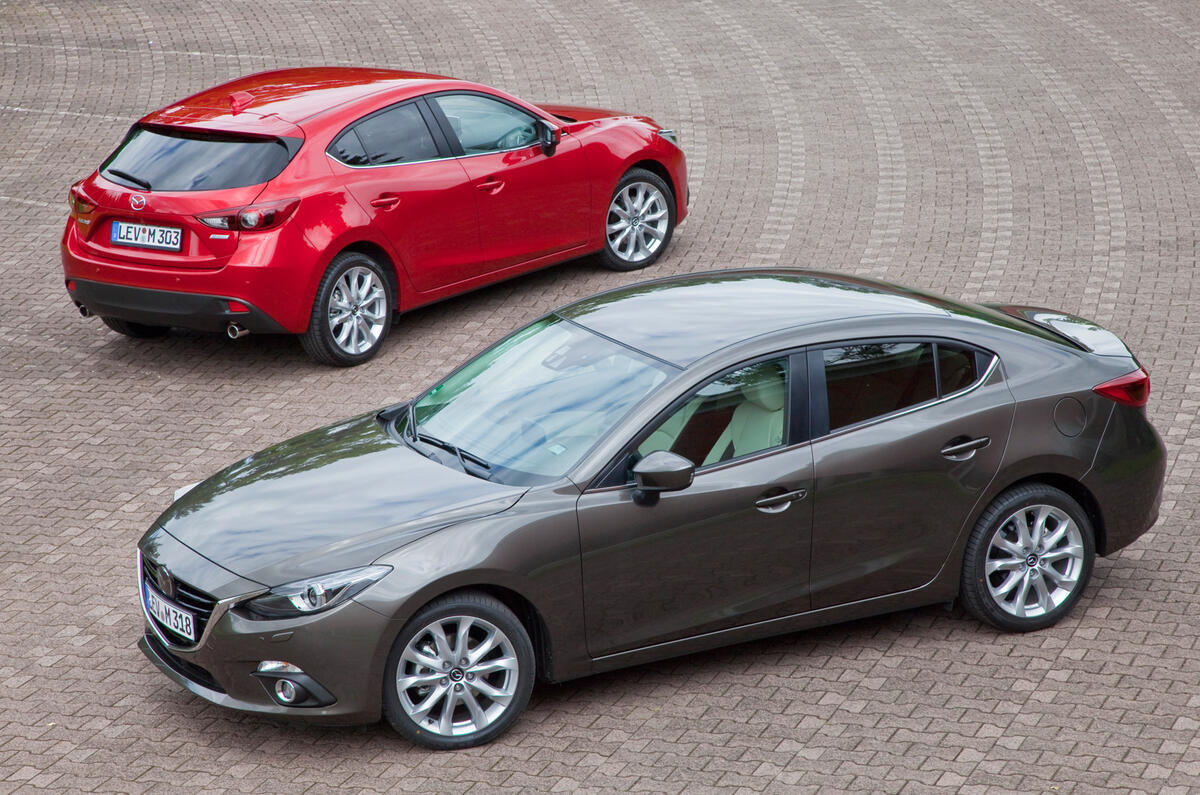
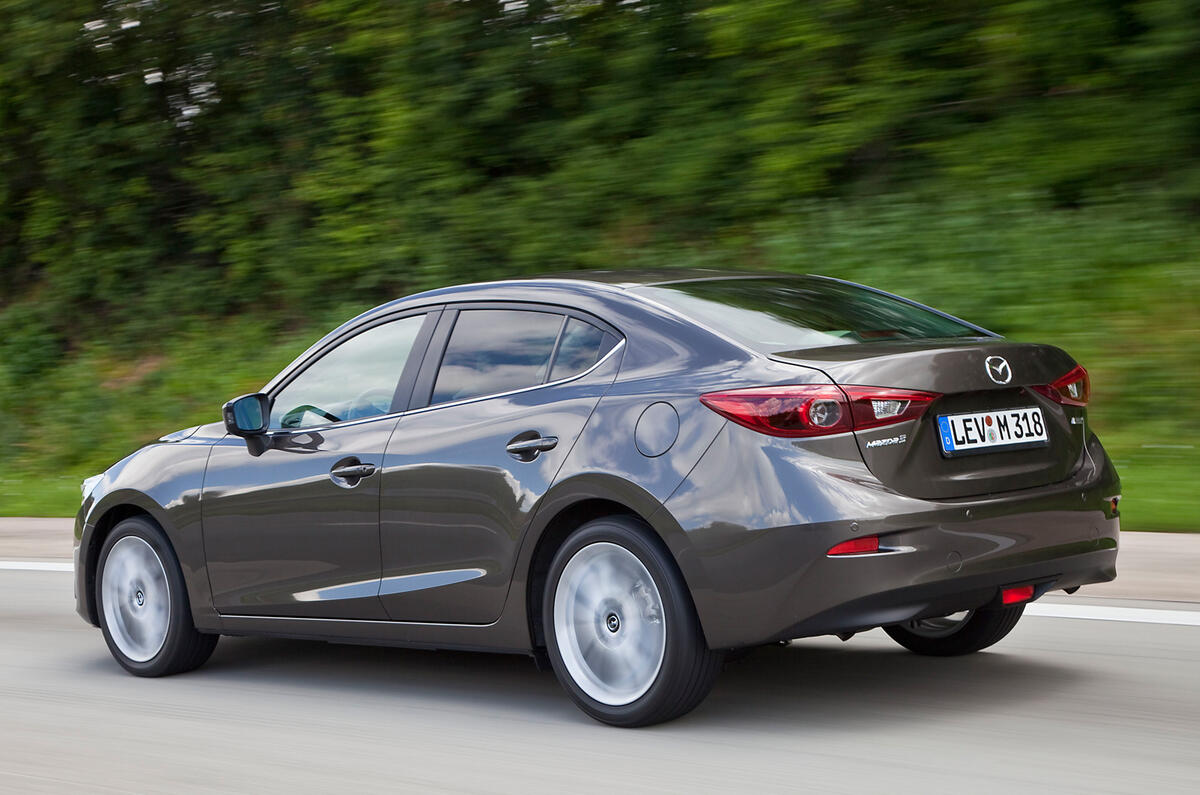
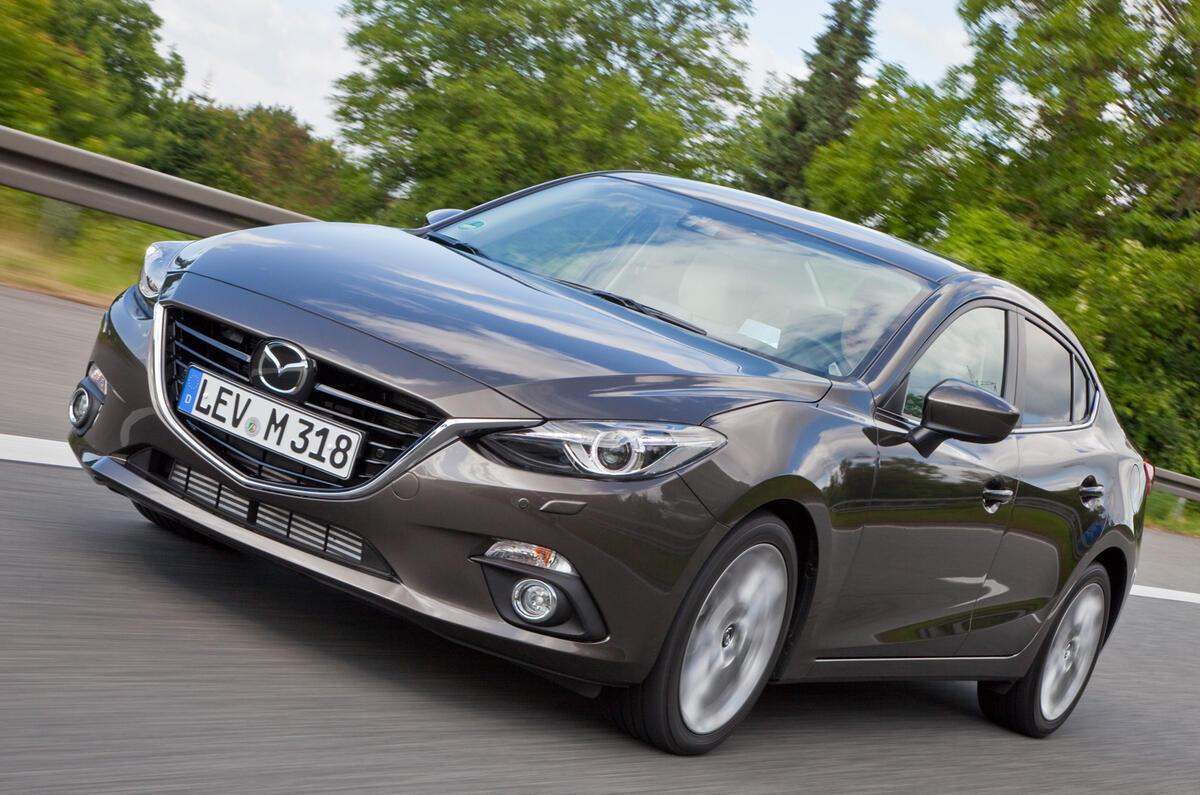
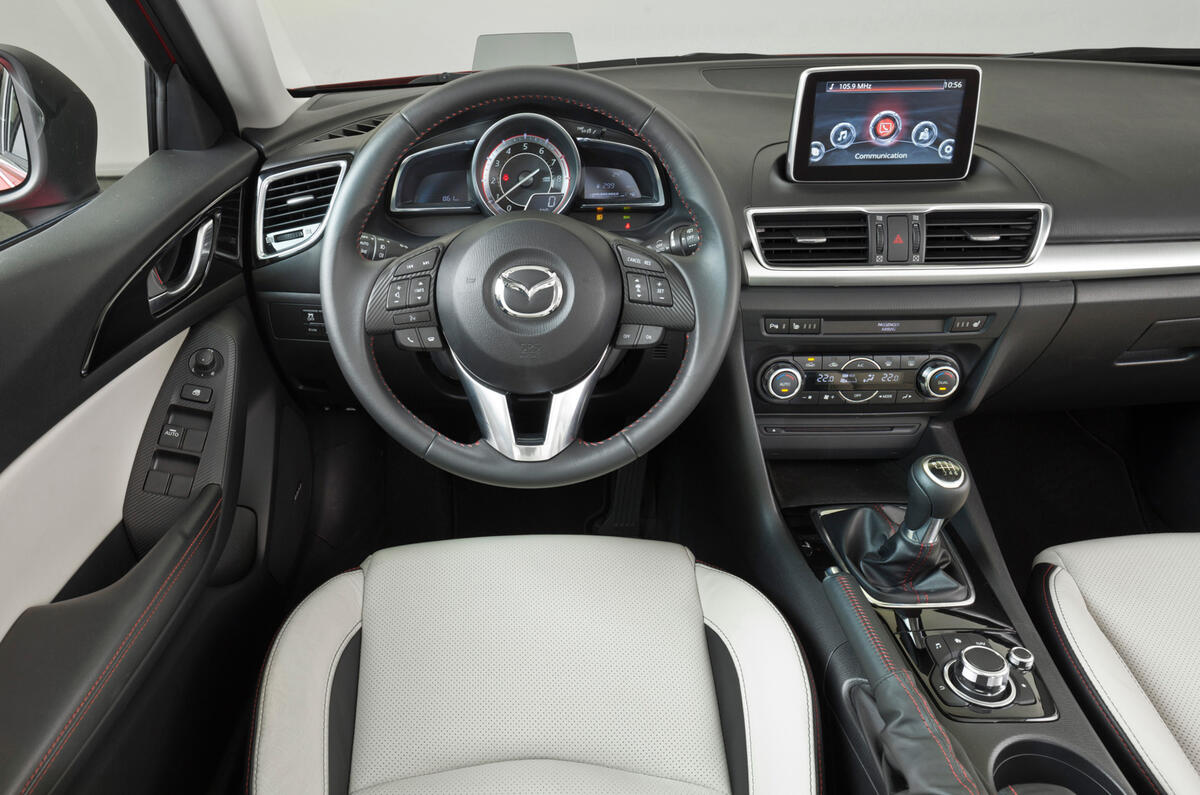
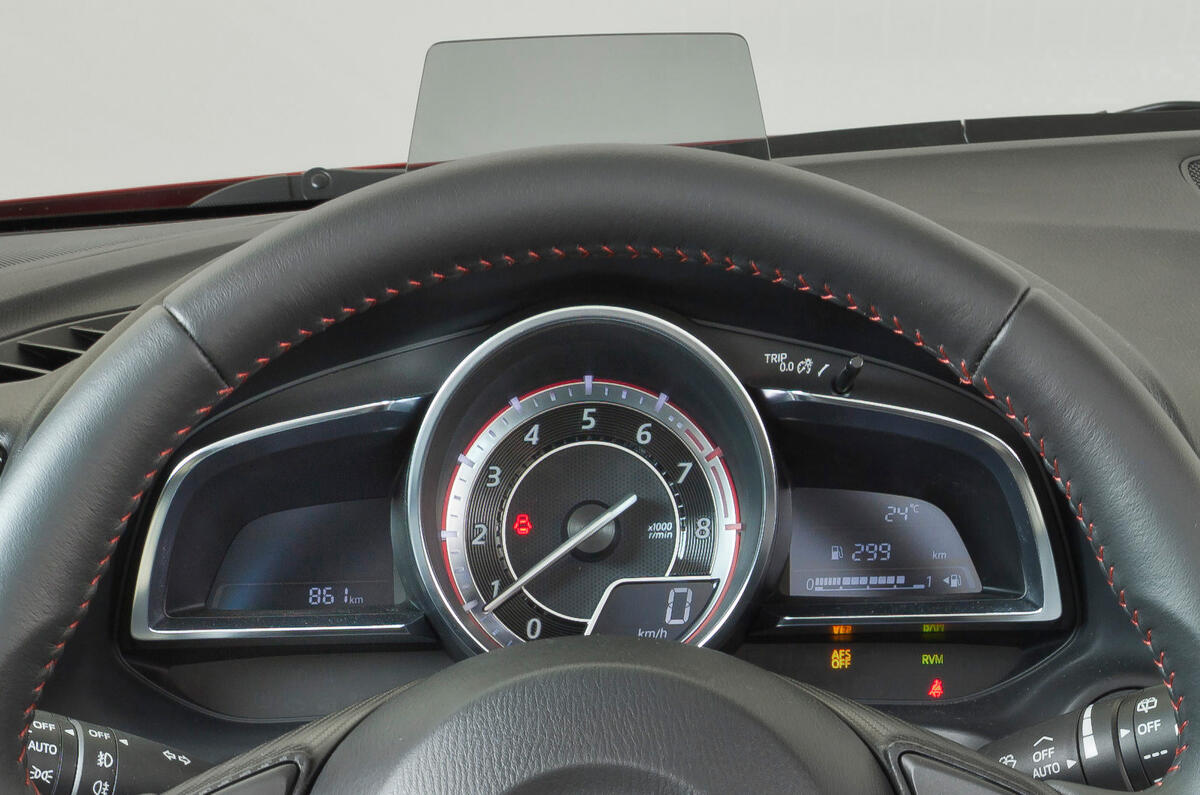
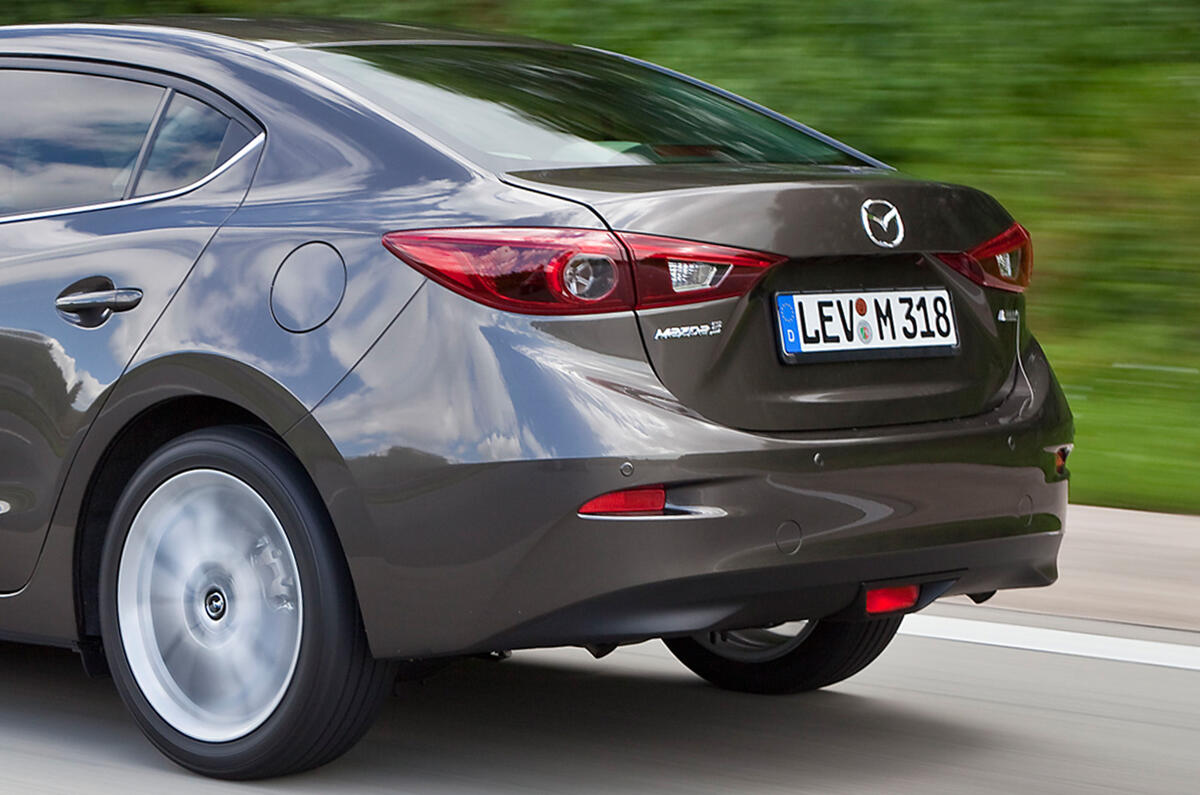
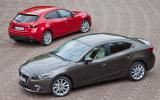
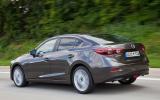

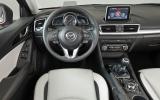
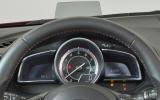
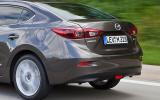


Join the debate
Add your comment
This new Mazda 3 reminds me
This new Mazda 3 reminds me of the Xedos 6. Shame we wont be seeing a small V6 in it. Even with just 4 pots, it would still be a nice car with a bit of power. I wonder if Mazda will offer it with a bit more than 165 BHP?
I doubt it will sell too well here, with our love of more practical hatches, but its a great looking car. Well done Mazda
headline figure
Emmm, to get 56.4 mpg you have to pay extra for the 6 speed gearbox, I wonder how much more and how long it'll take to pay back.
Also, the Focus 125hp gets the same mpg and 25% more hp! So much for progress.
p.s. don't moan about real world figures unless you've driven both of them side by side
what a growth spurt!
Is it just me? Or has no one noticed that this new Mazda 3 has had a growth spurt making the hatchback the same size as a Peugeot 406 and the saloon even longer? The hatchback is almost 20cm longer than a Golf/Leon/A3 without mananging to be more practical or roomier. The bonnet and front overhang has taken almost all of the increase in length from the previous generation, however, i can't see why it was necessary, as it is fwd. I like the Mazda 3, but it's too large to be called compact.